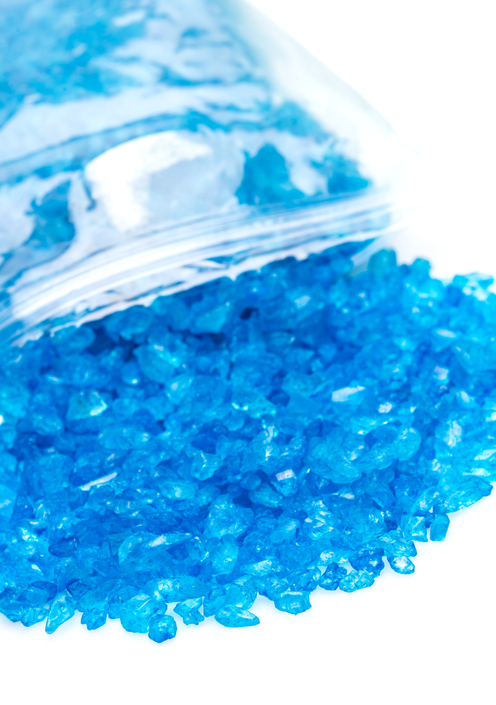Crystal Meth Addiction Intervention Services
Compassionate, fast help for families — speak with a certified interventionist today
Methamphetamine is a highly addictive stimulant that changes the chemistry of the brain and the individuals behavior. Regular use of methamphetamine results in paranoia, delusions, and erratic behavior, which is why intervention for a crystal meth addiction is difficult. Families often find it impossible to reach their addicted loved one alone. The most successful way to help someone addicted to methamphetamine is to hire a professional interventionist.
How successful is the crystal meth intervention process?
The answer is. Very successful if properly planned with professional help.
During the early stages of addiction, the family may have tried to perform an intervention with no success. You were going up against a powerfully addictive drug, and no willingness from your loved one. Today, the drug has completely taken over, and their behavior is sporadic and unpredictable. Crystal meth addiction interventions are only successful with a professional interventionist working with a well-prepared family. If done correctly, a very high percentage of people addicted to methamphetamine can get help with a professional interventionist
Why Professional Guidance Matters
People addicted to methamphetamine rapidly change their minds, and when they are using the drug, exhibit paranoia, agitation and anxiety. This is a bad combination when being cornered in a room with people who want to get you help. Intervention for crystal meth addiction is well planned and done when the addicted is on his or her crash cycle. At this point, you are only dealing with the withdrawal symptoms, but it is much easier to talk to the individual. The abuse of methamphetamine is getting worse.
According to the National Survey on Drug Use and Health:
-
2017: ~1 million Americans had a methamphetamine use disorder
-
2022: ~1.8 million Americans had a methamphetamine use disorder
There is no age limit when people start using this drug. This means early intervention is the only way to save his or her life. Newman Interventions will help families organize and perform a successful methamphetamine intervention.
Our Proven Intervention Process
Every intervention is carefully planned so families are prepared and treatment is ready when their loved one agrees to help. Our process includes four essential steps:
-
Assessment: We begin with a confidential review of your loved one’s history, drug use, and family dynamics to shape the right approach.
-
Treatment Research: Our team identifies detox, inpatient, or ongoing programs that best fit your loved one’s needs.
-
Planning: Together with the family, we create a structured strategy and rehearse what each person will say during the intervention.
-
Preparation: Logistics are finalized so when the intervention takes place, immediate admission to treatment is secured.
This structured process increases the chances of success, provides clarity for the family, and helps save lives.
Does Treatment for Meth Addiction Work?
When crystal meth is used, it can be smoked, snorted, injected, or ingested orally. When the drug is smoked or injected, it immediately affects the brain. The drug enters the bloodstream quickly, causing an instant rush and euphoria. The feeling only lasts a few minutes, which is why the person continually uses and goes on long benders. Drug rehabilitation is the only way to treat crystal meth addiction. A professionally organized intervention will help get that individual to treatment. When using crystal meth there is nothing else the person is thinking about but the meth they are using. This can last for days or even weeks if the person is a hardcore meth abuser.
The rehabilitation process is lengthy and requires in-depth counseling and therapy. Newman Interventions can help you locate the best methamphetamine addiction treatment program for your loved one. Convincing them to go to treatment is not easy, which is why professional intervention is done. A person addicted to meth does not see any other solution in his or her life besides the crystal meth. During intervention, families help their loved one see that treatment is a healthier path than continuing to rely on meth.
Work cited
Click to view answers
What are considered Club Drugs?
Club drugs include MDMA (Ecstasy, Molly), ketamine, GHB, Rohypnol, LSD, and methamphetamine—substances often taken in nightlife or party settings.
Are Club Drugs Addictive?
Yes. Some, like methamphetamine, ketamine, and GHB, are highly addictive. Even those considered “less addictive” can lead to psychological dependence and harmful use patterns.
What are drug and alcohol interventions?
A drug and alcohol intervention is a structured and intentional process led by a professional interventionist to help a substance user recognize the impact of their addiction and agree to seek treatment. It involves a collaborative team of family members, friends, and a professional to guide the discussion and encourage the substance user to accept help.
What costs are associated with hiring a professional interventionist?
The costs of hiring a professional interventionist can vary based on the complexity of the case, travel requirements, and the duration of care. Health insurance may cover some intervention services. It’s important to consider that the financial and emotional costs of not addressing a loved one’s addiction can be far greater in the long run.
What happens during a club drug intervention?
Our professional interventionist guides the family through a structured meeting where concerns are voiced, boundaries set, and treatment is presented as the clear solution.
Why is a professional interventionist important for club drug addiction?
Attempting an intervention without guidance often leads to conflict or denial. A professional interventionist brings structure, neutrality, and expertise to the process. They understand the unique risks of club drugs — including the high potential for overdose, memory loss, and polydrug use — and know how to break through resistance in a compassionate but firm way. Professional support dramatically increases the likelihood that the loved one will accept treatment.
When should a family consider a club drug intervention?
Families should not wait until the addiction becomes life-threatening. Warning signs such as blackouts, mood swings, missing money, risky behavior, or combining drugs with alcohol are strong indicators that an intervention is needed. Club drug use can quickly escalate because these substances are often unpredictable and mixed with other chemicals. Early intervention is always best practice, giving your loved one the greatest chance of recovery.
What treatment options follow a club drug intervention?
After a successful intervention, treatment may include medical detox, inpatient rehabilitation, or outpatient programs depending on the severity of the addiction. For substances like GHB, ketamine, or methamphetamine, detox under medical supervision is strongly recommended due to the risks of withdrawal. Long-term therapy, relapse prevention planning, and sober coaching provide the structure needed for sustainable recovery after initial treatment.
What role do families play during and after treatment?
Families play a critical role in long-term recovery. By setting healthy boundaries, offering encouragement, and participating in aftercare planning, families help their loved one stay engaged in treatment and avoid relapse after leaving rehab.
Saving a Life Starts Here
Learn more about our method for successful intervention. Contact us today for a free, confidential consultation with an Intervention Counselor.
Please fill out the form and download your copy of the 25 tips for Successful Intervention




